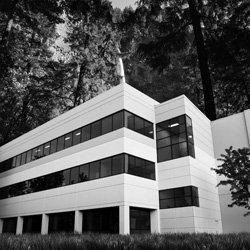
In spite of its widespread use across the nation, cost segregation remains somewhat of a mystery among many owners of factories, warehouses, retail stores, apartments and other commercial properties in central Illinois. Admittedly, the rules for this strategy are complicated. But with the assistance of an experienced tax professional, almost any business can benefit from the tax savings.
What is a cost segregation study?
A cost segregation study identifies and reclassifies those parts of a building that can be depreciated at a faster rate, typically 15 years for land improvements and five to seven years for various types of equipment. The standard depreciation period for most commercial buildings is 39 years.
Building components that support the structure itself don’t qualify for accelerated depreciation, but those supporting the business do. These may include floor coverings, cabinetry, fixtures, specialty electrical and HVAC equipment. Identifying these components using a combination of architectural drawings, building invoices and other documentation is the key to determining the tax-saving benefits of cost segregation. Benefits of cost segregation
The potential cash flow benefits, combined with positive, precedent- setting court cases, have led to thousands of filings in the past two decades. Potential benefits include:
- Maximum annual tax depreciation expenses
- Reduced income tax liability
- Potential for reduced state property tax
- Improved cash flow
- Detailed asset listing that is useful for future management decisions.
Who is eligible?
Most buildings constructed, purchased or renovated since 1986 are eligible for a cost segregation study under IRS guidelines. Properties may include, but are not limited to:
- Corporate headquarters
- Manufacturing facilities
- Hotel/conference centers
- Office buildings
- Warehouses
- Retail stores and shopping centers
- Auto dealerships
- Restaurants
- Apartment buildings
- Grocery stores
- Gas stations/convenience stores
- Agriculture/biofuel facilities.
The ideal situation has a cost segregation study beginning before construction or remodeling starts—it is much easier to identify and classify building components before they are all in place. Tax savings can typically be generated regardless of whether the building was purchased, renovated or built from scratch.
IRS guidelines also allow those who purchased, built or renovated buildings since 1986 to benefit from cost segregation and claim “catch-up depreciation” in the current tax year.
Not every cost segregation study will yield savings like those highlighted at the beginning of this article. But it is a strategy worth exploring for any business owner interested in sending less money to Washington, and more to the bottom line. IBI

